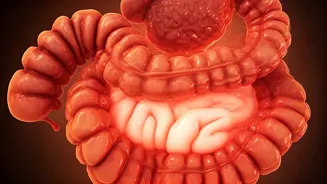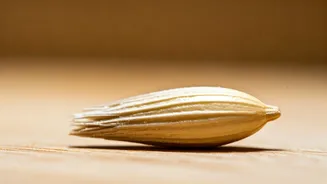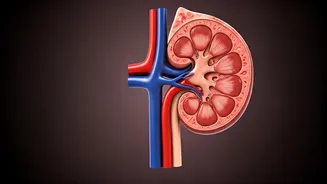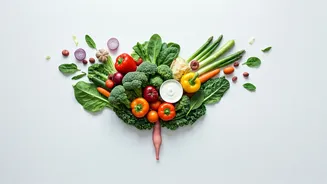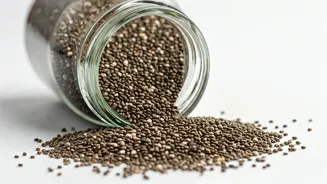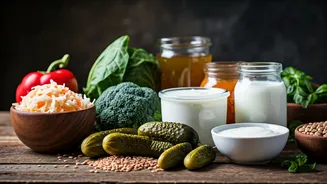What is Diverticulitis?
Diverticulitis arises when small pouches, known as diverticula, form in the walls of the digestive tract, often in the colon. These pouches can become
inflamed or infected, leading to diverticulitis. The condition can manifest in various ways, from mild discomfort to severe complications, depending on its severity. It is crucial to understand that diverticula are not inherently problematic; they only cause issues when they become inflamed or infected. Factors like diet, age, and genetics can influence the likelihood of developing diverticula and experiencing diverticulitis. This condition's increased prevalence has brought it into the spotlight, making it essential for individuals to understand its origins and how it impacts their well-being.
Recognizing the Symptoms
Identifying the symptoms of diverticulitis is key to early diagnosis and treatment. The most common symptom is abdominal pain, which can range from mild cramping to severe, persistent discomfort, usually located in the lower left side of the abdomen, but it can also be felt elsewhere. Other symptoms include changes in bowel habits, such as constipation or diarrhea, and sometimes, the presence of blood in the stool. Nausea, vomiting, fever, and chills may also accompany the condition. It's important to remember that these symptoms can also indicate other health problems. If you experience these symptoms, consulting a healthcare professional is crucial. Prompt medical evaluation can confirm a diverticulitis diagnosis and prevent potential complications.
Treating Diverticulitis
The treatment approach for diverticulitis hinges on the severity of the condition. In mild cases, treatment often involves rest, a clear liquid diet, and antibiotics to combat infection. Healthcare providers may suggest over-the-counter pain relievers to manage discomfort. For more severe cases, hospitalization may be necessary. Intravenous antibiotics and, in some instances, surgery might be required to manage complications such as abscesses, perforations, or blockages. Lifestyle adjustments, like dietary changes and increased fiber intake, also play a crucial role. A high-fiber diet helps regulate bowel movements and can reduce the risk of future flare-ups. A healthcare professional's guidance is important to tailor the treatment according to an individual's specific needs and the severity of their condition.
Prevention Strategies
Adopting preventive measures can significantly reduce the risk of developing diverticulitis or experiencing recurrent episodes. A diet rich in fiber is a cornerstone of prevention. Fiber adds bulk to the stool, making bowel movements easier and less straining. This can lessen the pressure on the colon walls, potentially preventing diverticula formation. Drinking plenty of water is also important, as it helps fiber work efficiently. Regular physical activity contributes to overall digestive health and can reduce the likelihood of complications. Furthermore, it's wise to limit the intake of red meat and processed foods, as these may contribute to the development or worsening of diverticular disease. Although no single approach guarantees prevention, a combination of these lifestyle choices can make a significant difference in maintaining digestive health and reducing the risk of diverticulitis.
